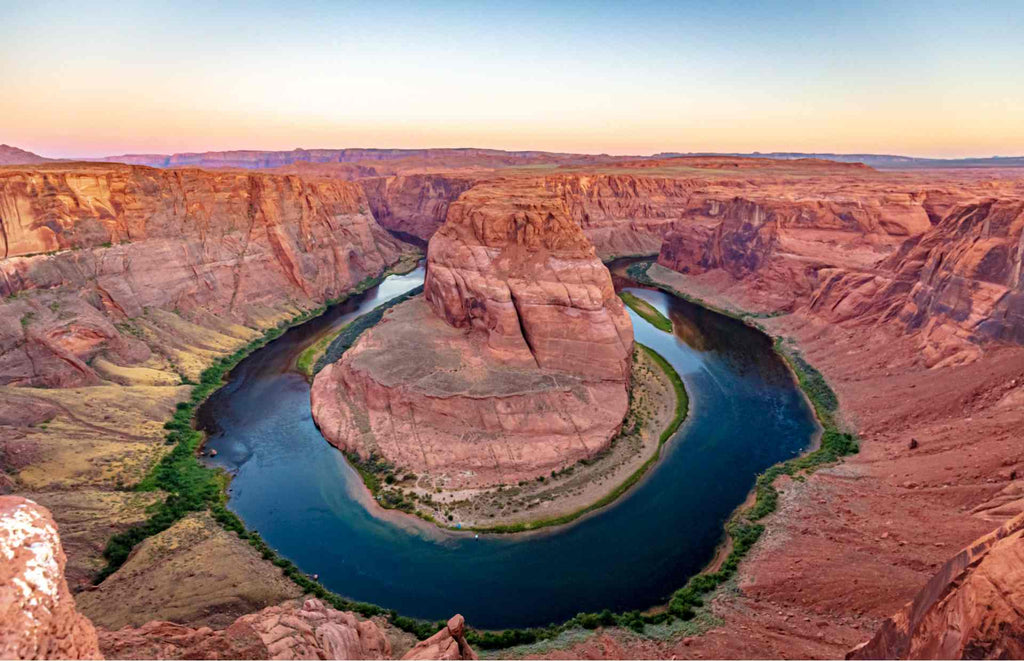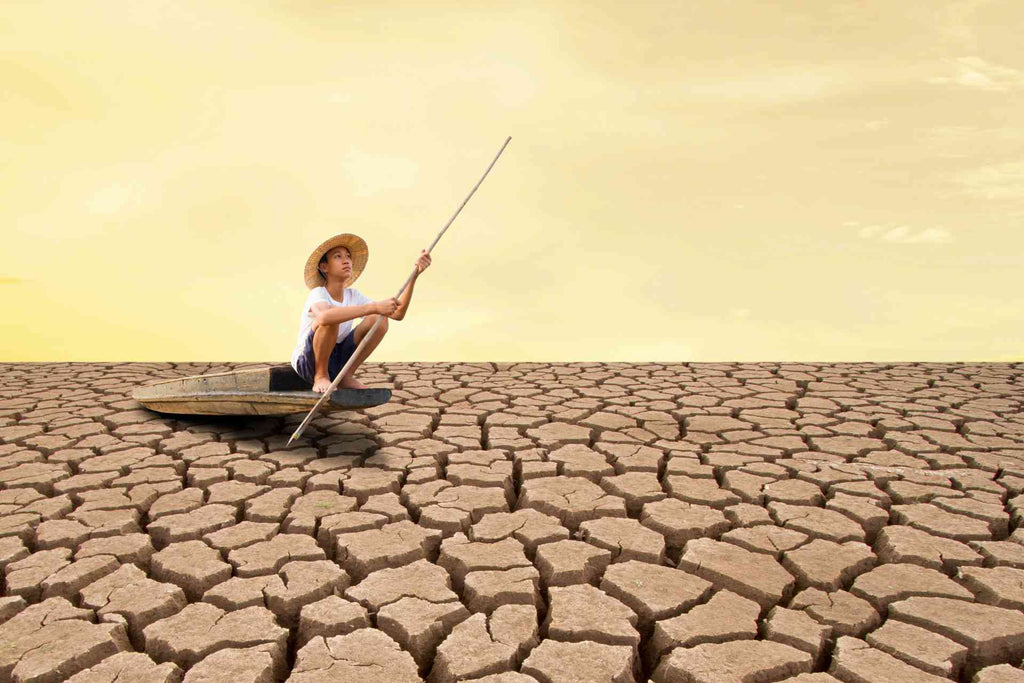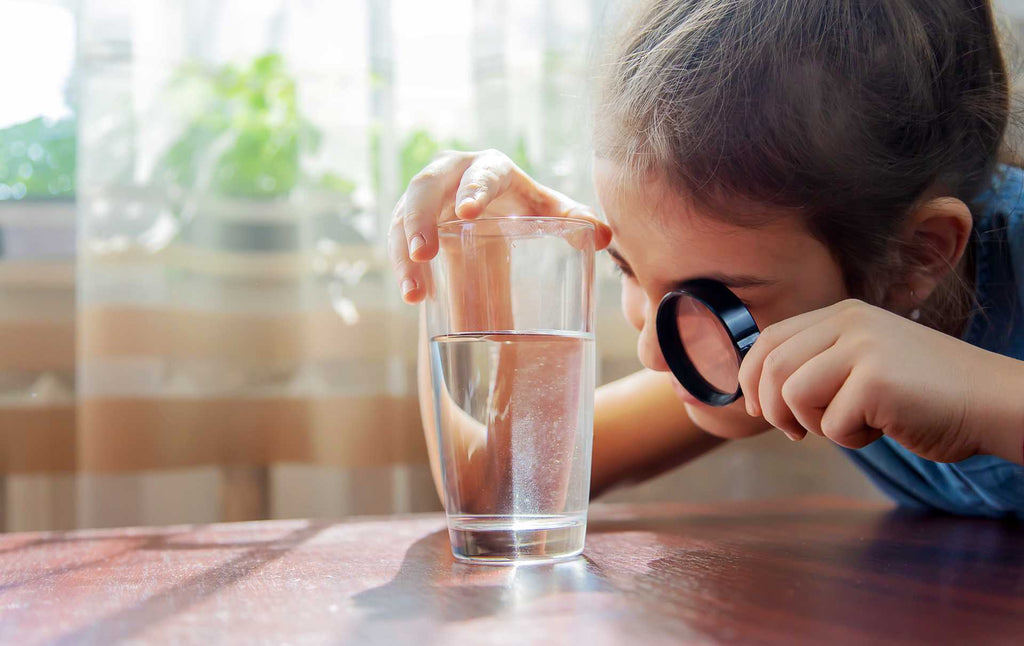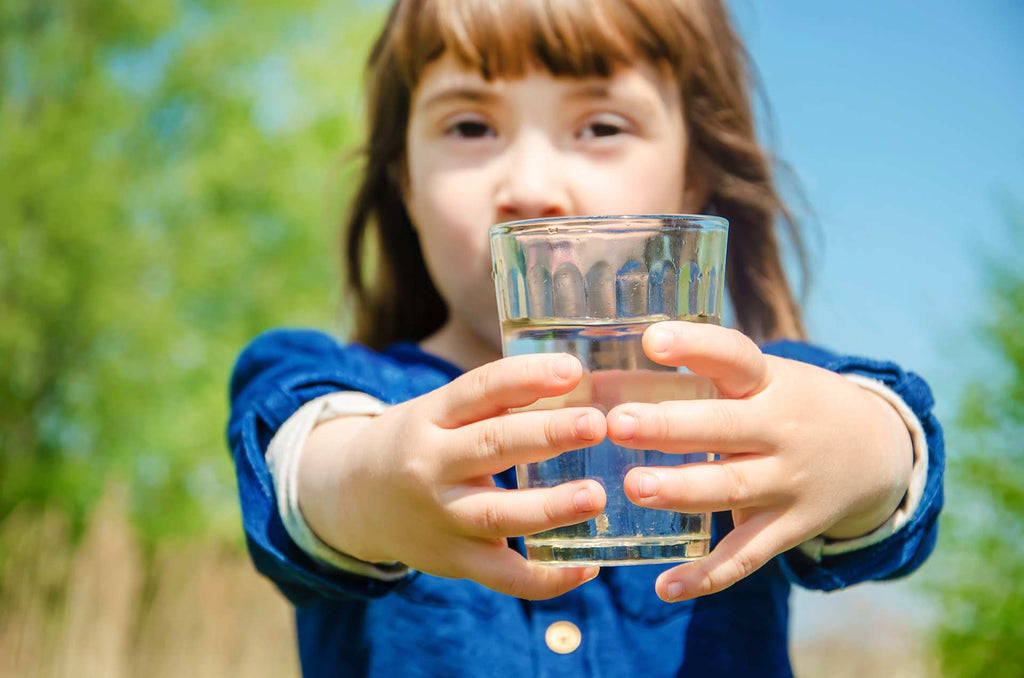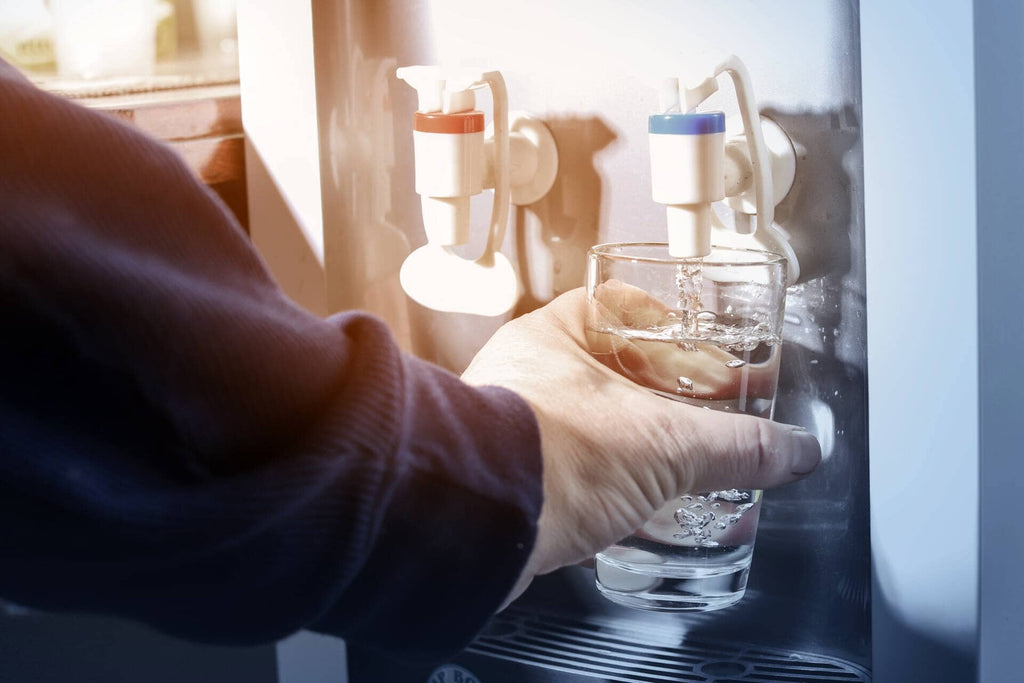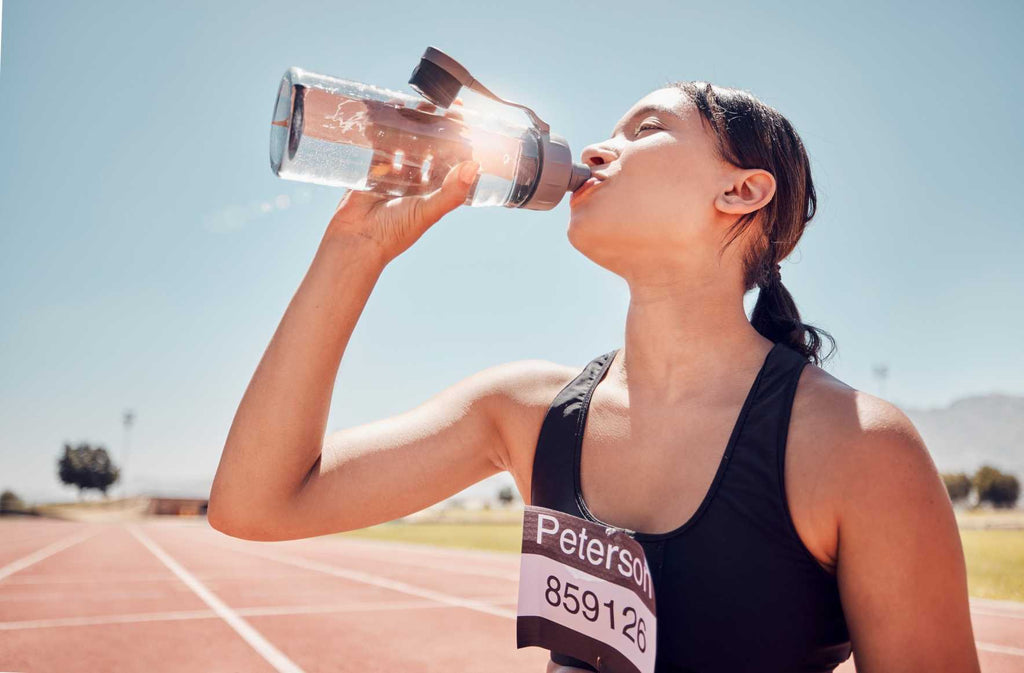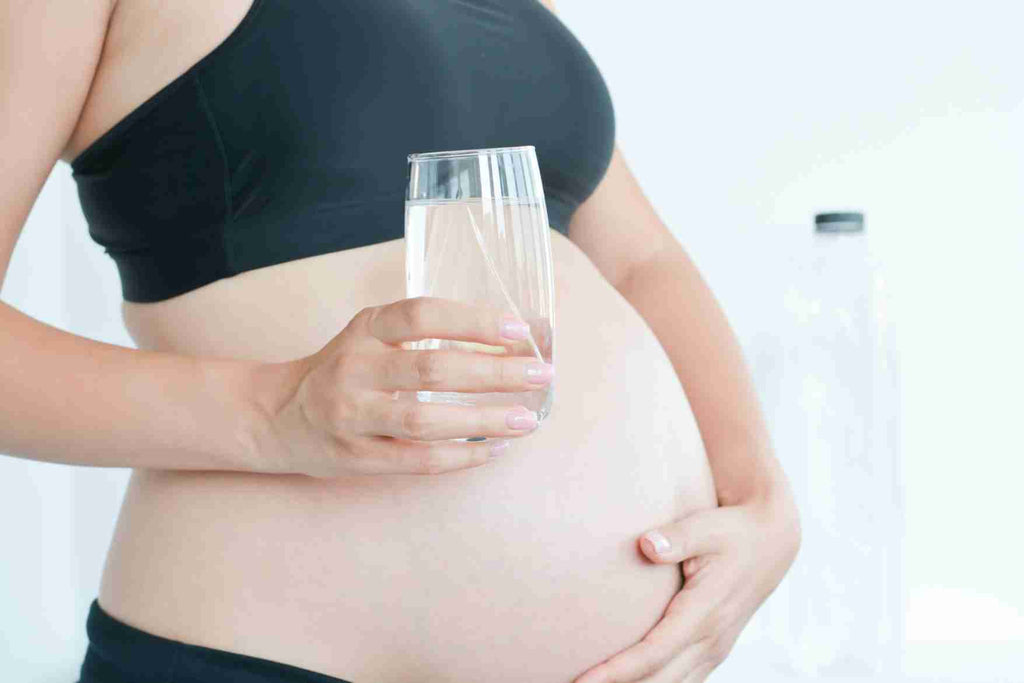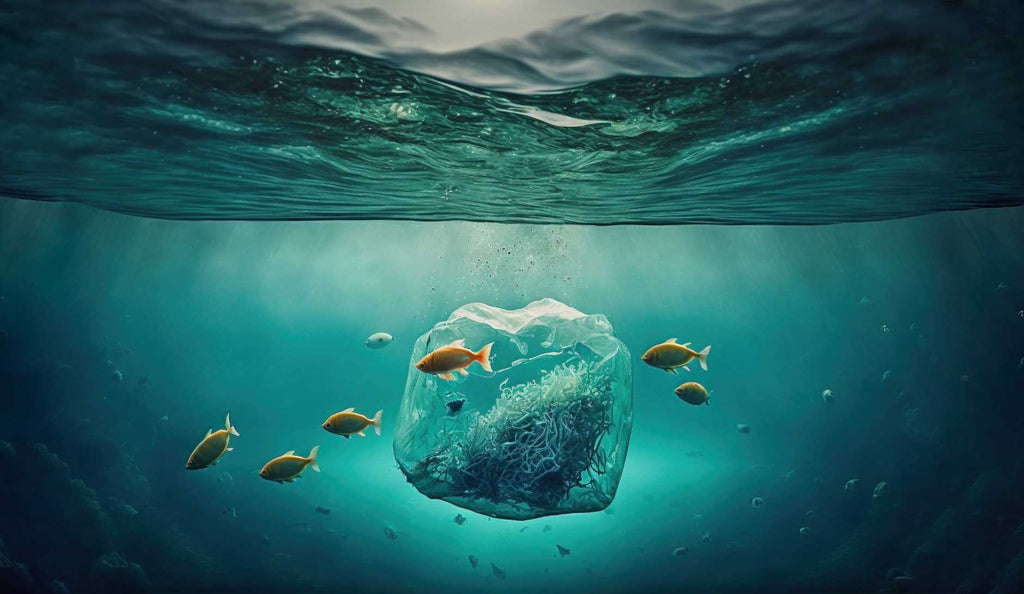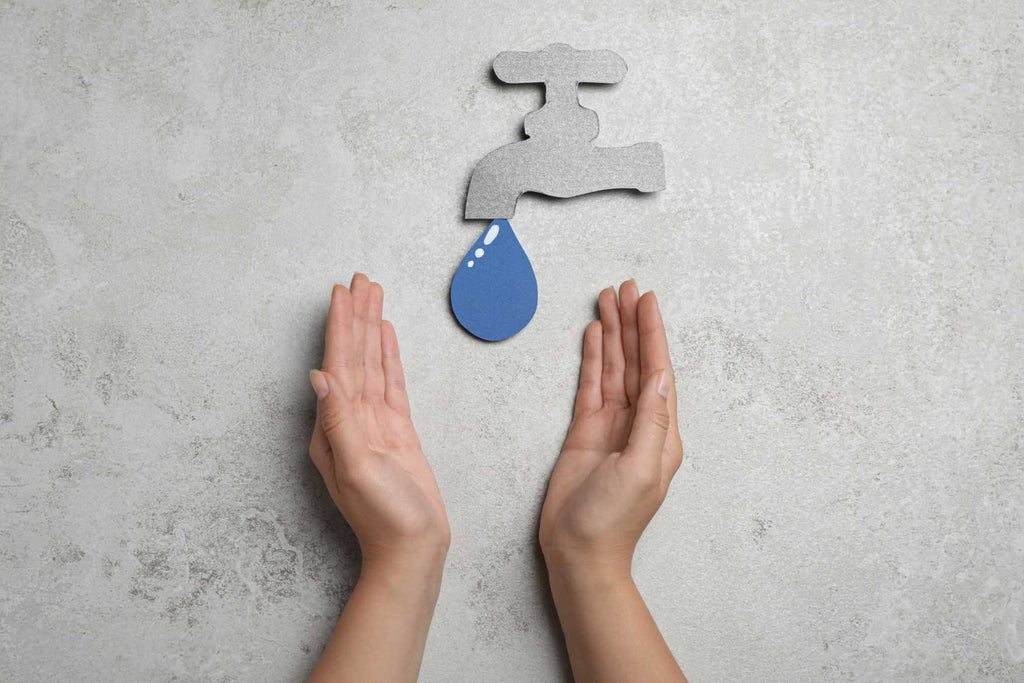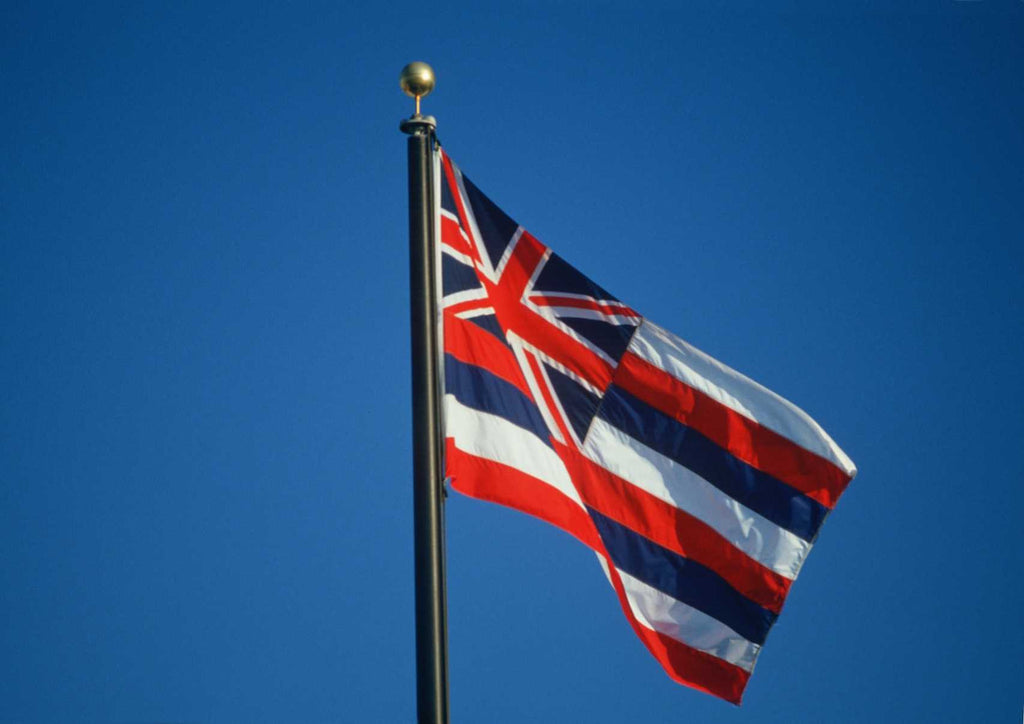All About Water - Water Quality, Water Filter, Water Resources and Issues
History of Water Contamination Cases in the US - Finding Solutions To Water Pollutions
Water contamination continues to pose a severe problem throughout the United States, affecting human health, environmental stability, and economic performance. Clean water availability is fundamental, but pollution from industrial waste, agricultural runoff, and outdated infrastructure threaten water safety. Multiple major contamination cases throughout recent decades have shown that poor water quality management leads to significant adverse effects. The article explores the documented historical development of water contamination in the U.S. It analyzes significant pollution incidents before examining steps to mitigate the upcoming water crisis and guarantee clean water. Understanding Water Contamination in the...
Understanding Water in Houston, Texas: Quality, Safety, and Contaminants
Houston, Texas, maintains one of the largest and most complex municipal water supply networks in the U.S., distributing more than 146 billion gallons of water annually to over 2.3 million community members. Houston's fast-growing population and expanding industrial development require community members to understand water safety and quality. The article educates readers about the city's water sources, tap water quality and standards, common contaminants, and the safety measures to ensure clean drinking water. Sources of Water in Houston Houston requires multiple water supply methods and systems to supply its expanding community. Houston depends on water from surface reservoirs and groundwater sources to maintain steady service delivery. Knowledge of water...
Regional Water Management - Explore Key Insights Into The Colorado River Water Conservation District
Water is one of the most valuable and disputed resources in America's dry America'sdry western areas. Effective water management remains fundamental for all life functions, agricultural production, industry, and natural ecosystems. Seven U.S. states—Arizona, California, Colorado, Nevada, New Mexico, Utah, and Wyoming—and Mexican regions depend upon the Colorado River's essential water resources. The river's support for metropolitan areas, extensive agricultural zones, and sensitive ecosystems mandates that its management become a regional and national priority. This article focuses on the Colorado River Water Conservation District, which oversees floods and water resources in western Colorado. The vision of CRWCD includes participation in policy...
Understanding Fast Fashion's Environmental Impact: A Call for Change
The fashion industry has recently undergone tremendous changes, but these changes have also been challenging. Fast fashion, or making fairly cheap clothes based on the latest trends, is gaining momentum in the modern market. However, the industry’s success is built on the ruins of the environment and ethical standards. It is estimated that every second, used textiles equal to a garbage truck’s worth are buried in a landfill or burned. Many consumers don’t know that the flood of affordable and fashionable apparel nowadays involves costs such as waste, pollution, and labor rights violations. This article discusses issues with...
Choose The Best Water Filtration System For Apartment Living: Clean and Convenient
Clean water is vital to everyday life, but for apartment residents, it can be hard to get. Water filtration can be difficult in the limited space available, and outdated plumbing and landlord restrictions can limit the options. However, finding the right filtration setup is a tricky business. This guide simplifies the solution, allowing apartment tenants to find the best filtration solution for their space while maintaining a balance between ease of use, effectiveness, and design for small spaces. Why Water Filtration Matters in Apartments Apartment tenants have concerns about water filtration in particular. There are many reasons for the...
Cultivating a Healthy Drinking Habit: Tips for Mindful Consumption
Over many years, alcohol has stayed embedded in both social activities and individual practices. Drinking moderately is possible, but all drinkers need to prioritize personal attention to drinking habits because they impact the entire body. This article explores mindset development techniques for controlled alcohol use while stressing the need for personal awareness and water consumption limits. People who develop mindful approaches toward their alcohol consumption can simultaneously appreciate alcohol while keeping their health and lifestyle plans intact. Know the Facts People need awareness about alcohol consumption limitations and definitions as they establish responsible...
Is Well Water Healthy? Valuable Insights for Safe Drinking Water Solutions
With the increase in calls for sustainable living and the do-it-yourself culture, well water is now one of the most important drinking water sources, particularly in the countryside. However, the question remains: Is well water healthy? Private well users need to know as much as anyone else about water safety and its relation to human health. This article examines the advantages, challenges, and ways to prevent well water from posing health risks to your household when used for drinking. Understanding Well Water Water comes from any underground source of an aquifer, a permeable rock, gravel, or even sand...
Understanding the Climate Change Drought Connection and Its Impact
Droughts have been frequent worldwide recently, and much attention has been paid to their connection with climate change. Understanding this connection may help reduce its future effects on humans and the globe. Climate change is, therefore, a long-term change in Earth's climate patterns involving adjustments in temperature, rainfall, and other climate factors. People cause these changes by burning fossil fuels and producing greenhouse gases when they cut down forests, run industry, and activate engines. On the other hand, drought is an extended duration of insufficient rainfall that results in water shortages, impacting: Agriculture and food production Ecosystems and biodiversity...
Are Microplastics Harmful To You? How To Avoid Microplastics In Water?
Microplastics are very small particles, less than 5mm in size. They come from different sources and have recently posed a serious concern as they are almost everywhere, especially in water. Increasing rates of plastic pollution present microplastic in people's food and water. This is not just an environmental problem; it also affects human health. In this article, we will focus on the risks of microplastics and some measures you should take, especially concerning water intake. What Are Microplastics? One of the bigger environmental concerns related to microplastics is their wide distribution in water systems. Everything from the deepest...
Is Reverse Osmosis Water Safe During Boil Advisory? How Effective Is The RO System For Boil Advisory?
When a boil water advisory is issued, it raises the common question: Can home water filtration systems, such as reverse osmosis (RO) systems, make water safe for drinking without boiling it? People use an RO system during these advisories because it is easy to do, but is the water safe enough? This article will describe whether it is safe to consume reverse osmosis water during a boil advisory and discuss how efficiently these systems treat possible contaminants that lead to these advisories. What Is a Boil Advisory, and Why Are They Issued? A boil advisory is an important Public...
Fluoride Levels In Water And Effects On Children’s IQ
Fluoride is a naturally occurring compound in water, soil, and many foods. It has been used in oral health and is particularly famed for strengthening tooth enamel and resisting cavities. Most communities use fluorides in their public water supplies to enhance dental health, particularly among children. However, recently, there have been some concerns as to the effects of fluoride on the health of human beings, especially on children's cognitive development. More recent research addresses whether fluoride could be a risk factor for reduced IQ in children, considering the apparent dental benefits. What is Fluoride? Fluoride is a naturally occurring...
What are Forever Chemicals? How To Avoid Forever Chemicals In Water
Water contamination has become a growing concern, with the term "forever chemicals" appearing frequently in the news in recent years. These pollutants, formally known as per- and poly-fluoroalkyl substances (PFAS), are raising concerns due to their pervasive presence in water supplies worldwide. Unlike many contaminants that break down over time, forever chemicals do not readily degrade in the environment or the human body, earning them their menacing nickname. Their presence in water poses serious risks to public health, the environment, and entire ecosystems. This article delves into the nature of forever chemicals, their health and environmental impacts, and—most importantly—what...
10 Creative Ways To Stay Hydrated All Day Long
Water supplements all cells in our body and provides oxygen to our minds. It permits the body to retain and absorb minerals, nutrients, amino acids, glucose, and other substances. Water flushes out poisons and waste. It also assists with controlling internal body temperature so you can stay hydrated. Drinking more liquids can treat any gentle hydration episode. More moderate to severe parchedness might require hospitalization for treatment with IV liquids. Left untreated, extreme parchedness can prompt serious inconveniences, including electrolyte unevenness, organ disappointment, and demise. Focus on liquid substitution when you're genuinely active. Drinking enough liquids will help you maintain...
How Government Policies Affect Your Water Quality In The U.S.A.
Water Quality in America: Drinking Water Regulations Water quality refers to the condition and attributes of water that determine its appropriateness for different purposes and the well-being of sea-going environments. It encompasses the substance, physical, and natural properties of water and the presence of impurities and toxins. Accordingly, excellent water quality infers that unsafe substances (poisons) are missing from the water and required substances (oxygen, supplements) are available. Water quality can frequently be characterized by water's substance and physical and natural substances. Water is essential for the endurance of every living...
Is Acrylamide Bad For You? Facts and Risks You Should Be Aware
Acrylamide: An Overview Acrylamide is a substance that can be framed in certain food varieties during high-temperature cooking processes, like searing, broiling, and baking. It is shaped from sugars and is an amino corrosive ordinarily present in food; it doesn't come from food bundling or the climate. Among the cycles, including carbonyl mixtures, is Strecker debasement, in which an amino corrosive is deaminated and decarboxylated to frame an aldehyde. Asparagine and a Strecker-type response are the fundamental stages in creating acrylamide. The EPA, International Agency for Research on Cancer (IARC), National Toxicology Program (NTP), and the Department of Health and...
Is it Safe To Drink Fluoride Water For Pregnant Women?
Fluoridated Drinking Water: Maternal Fluoride Exposure Fluoride in drinking water is vital for forestalling tooth rot by making teeth more corrosive-safe. Seventy-five percent of the U.S. has fluoride-added water; however, not all networks offer it. While beneficial in the correct amounts, excessive fluoride can prompt fluorosis, affecting teeth and bones. Fluoride in water is the most effective method for forestalling holes, one of the most well-known youth illnesses. An expected 51 million school hours and 164 million work hours are lost yearly because of dental-related sickness. Almost three-quarters of the U.S. population gets drinking water...
Life Below Water - All About SDG 14 (Sustainable Development Goal 14)
Marine and Coastal Ecosystems: Marine Biodiversity Marine, ocean, or sea life refers to aquatic plants, animals, and organisms living in saltwater, oceans, seas, or the salty water of beachfront estuaries. Marine biodiversity is the life underneath the water. The seas are home to seahorses, dolphins, whales, corals, and other living animals. They are the Earth's life support system, providing water and food and helping to control the climate. Finally, seas likewise employ over three (3) billion individuals who rely on marine biodiversity for their livelihoods. Thus, oceans are carefully adjusted biological systems and their health is vital to the equilibrium of all...
Efficient Use of Water - Why Is Water Efficiency Important?
Water Efficiency: Water Use to Reduce Water Loss Water efficiency decreases water use by estimating the sum expected for a specific purpose. It is proportionate to how much water (in quantity) is utilized. Water efficiency varies from water conservation since it centers around diminishing waste, not confining use. Proficient water use can have major ecological, general well-being, and financial advantages. It can improve water quality, maintain aquatic biological systems, and safeguard drinking water resources. By utilizing water more effectively and buying more water-efficient items, we can help relieve the impacts of dry seasons or drought. However, it is important to note...
Hawaii Water Contamination - What are the Issues of Water Supply In Hawaii?
Hawaii's Drinking Water Crisis: Contaminated Drinking Water In November 2021, many families living on Joint Base Pearl Harbor-Hickam(JBPHH), the Military's Aliamanu Military Reservation, and Red Hill Housing detailed petrol smells from residential tap water provided by the U.S. Navy water system. Specifically, inhabitants detailed medical problems emerging from the contaminated drinking water. Upon investigation, it was found that about ninety thousand U.S. Navy water system users were affected, many of whom moved to impermanent housing during the drinking water emergency. The petrol source was close to the Red Hil Bulk Fuel Storage Facility, which defiled the Red Hill Well, one of...
Fast Fashion Pollution - Why Is Fast Fashion Bad For The Environment?
Fast Fashion Industry: The Emerging Trend of Fashion Production Fast fashion is a moderately new trend in the industry that harms the planet, exploits laborers, and damages animal habitats. "fast fashion" has become more conspicuous in discussions encompassing fashion, sustainability, and eco-friendly cognizance. The term alludes to "economically delivered and estimated pieces of clothing that duplicate the most recent catwalk styles and are rapidly siphoned through stores to augment the latest trends." The fast style model is purported because it includes fast planning, creation, dissemination, and dress showcasing. This implies that retailers can pull enormous amounts of...



